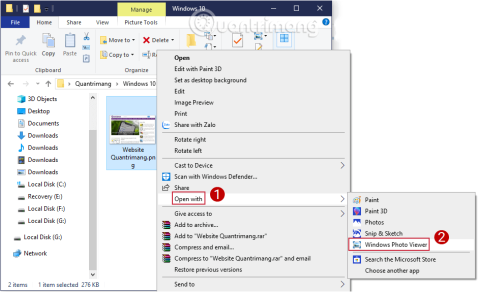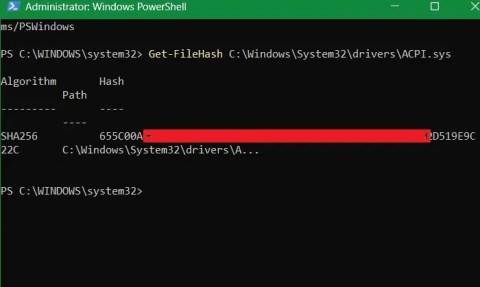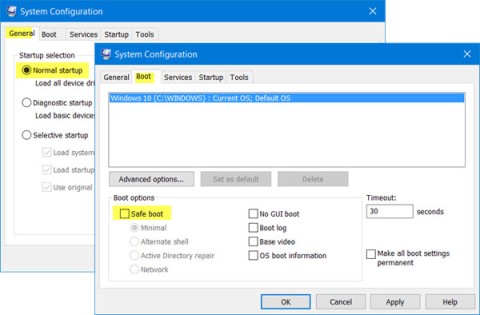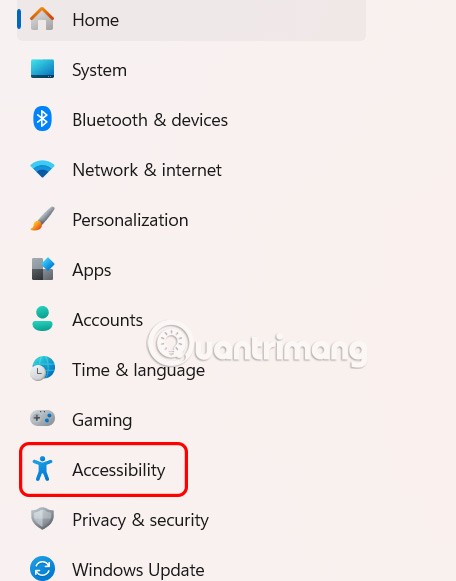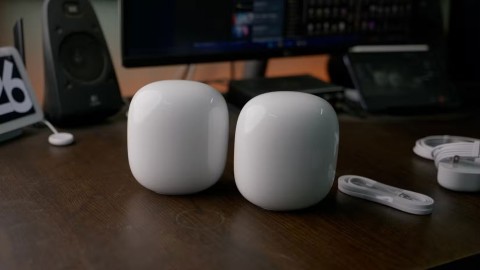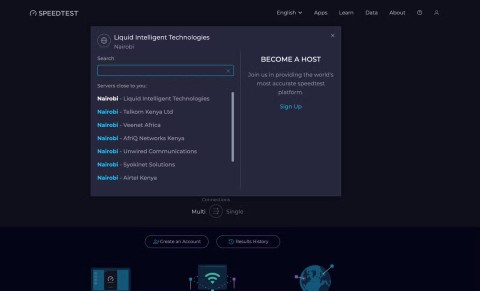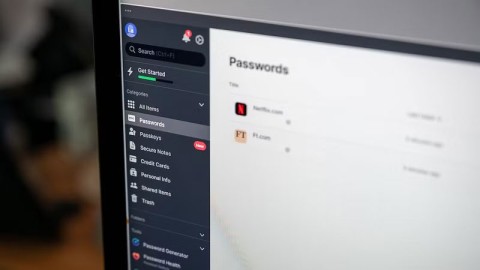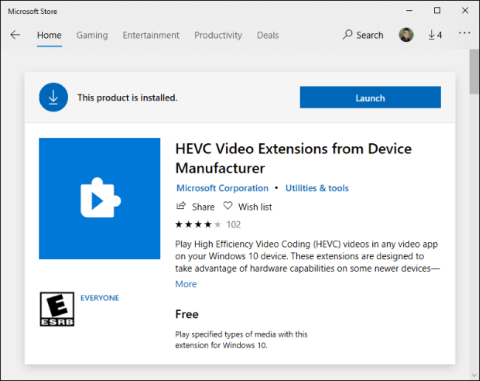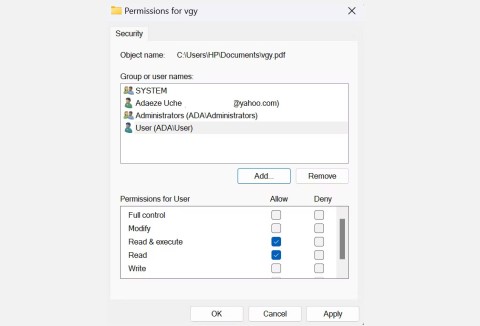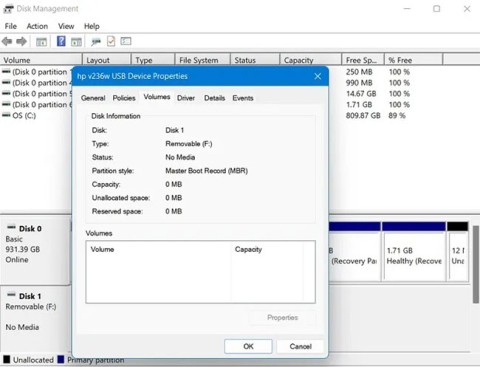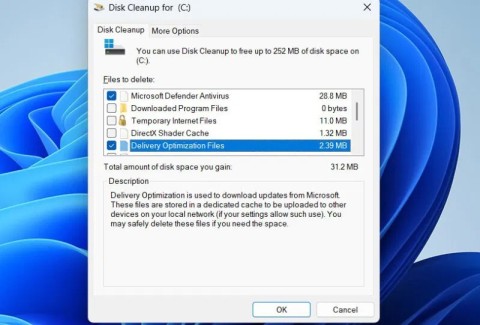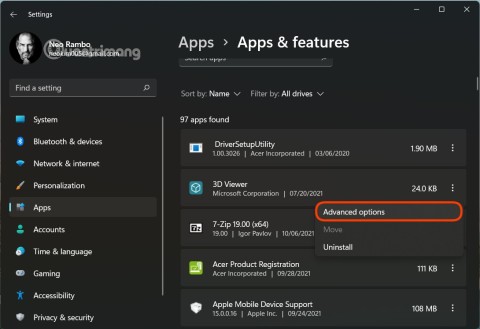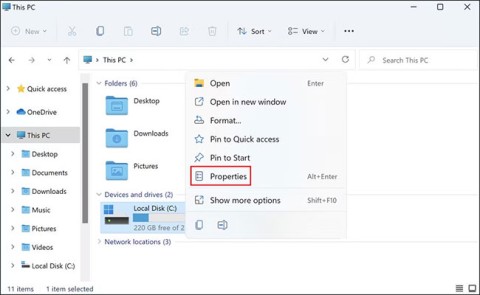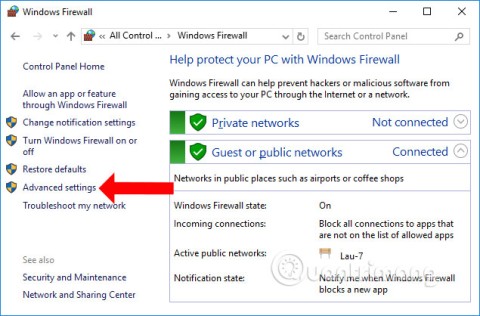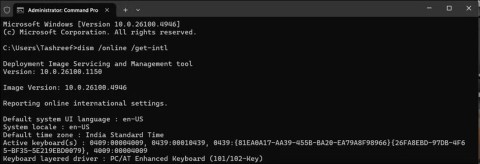Windows Photo Viewer was first released with Windows XP and quickly became one of the most frequently used tools on Windows. Although it is a bit “outdated” in terms of software, Windows Photo Viewer still works quite well in Windows 11. If you still want to continue using this simple photo viewer, you can enable it and set it as the default on your PC. Let’s find out right away.
Enable Windows Photo Viewer on Windows 11
Microsoft doesn’t let you use Windows Photo View in Windows 11 by default. It’s still included in the operating system, but it’s been completely disabled. Luckily, there’s a workaround. In Windows 10, Windows Photo Viewer can be re-enabled by making a few registry tweaks—and the same goes for Windows 11.
First, download the compressed REG files by following the link below. Then open the downloaded ZIP file with your favorite decompression program. File Explorer will work fine here, as it is fully capable of decompressing ZIP files.
- https://www.howtogeek.com/wp-content/uploads/2022/07/Activate-Windows-Photo-Viewer-on-Windows-11.zip
Next, double-click on the ZIP file named “ Activate Windows Photo Viewer 11 ” to open it, then, you find the REG key named “ Activate Windows Photo Viewer on Windows 11.reg ”.
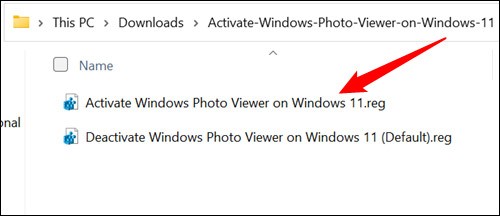
Double click on this REG key and you will see a popup warning about the security risks of adding a registry key.
You need to be careful when working with REG files, especially if they don't come from a trusted source, as they can be used for malicious purposes. If you have any doubts about a REG file, you can check it yourself to see what it does. Simply open the REG file in a plain text editor, such as Notepad, and look at the registry entries it modifies. If you're still not sure what a REG file does, you can look up the relevant keys on the internet. The Windows Registry is extremely well-documented, so it shouldn't be too difficult to figure out what the entries in a REG file are.
In this case, the REG file is absolutely safe and has been extensively tested over the years, so you can rest assured that it is not malicious. Just go ahead and click “ Yes ”.
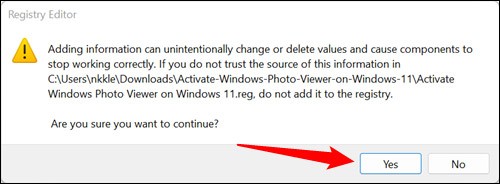
Windows Photo Viewer is now enabled. It will show up in all the usual places where you’d find a photo viewer, like on the context menu when you click “ Open With ,” as well as in the Default Programs menu .
Set Windows Photo Viewer as default photo viewer on Windows 11
On Windows 11, Photos is the default app that handles most image formats on the operating system. However, if you want to make Windows Photo Viewer your default photo viewer, there are a few convenient ways to do it.
Right click on the image file to change the default viewer
This is the simplest method you should try. Just right-click on any image file, such as PNG. On the context menu that appears, select “ Open with ”, then click “ Choose Another App ”.
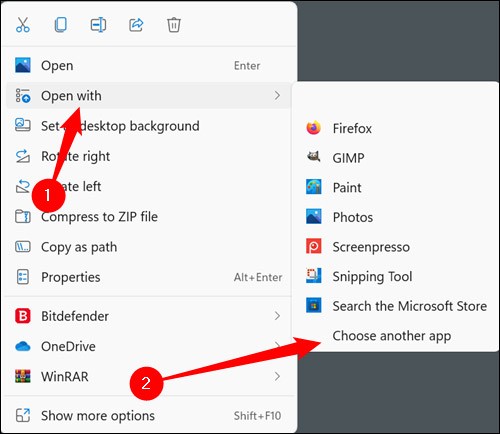
Scroll through the list of available apps until you see Windows Photo Viewer. You may need to click “ More Apps ” for the app to appear. Click Windows Photo Viewer once to select it, check the box at the bottom that says “ Always Use This App To Open .png Files ”, then click “ OK ”.
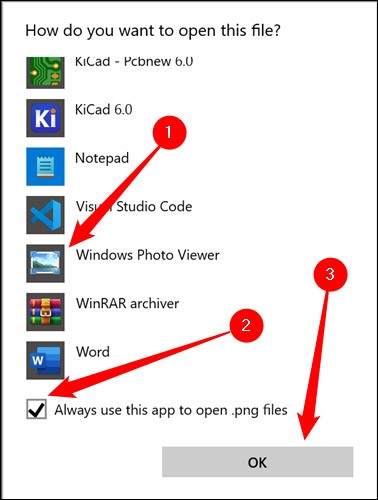
From now on, any PNG file you double-click will open in Windows Photo Viewer unless you specify a different application. You will need to repeat these steps for any image formats (like JPG or BMP) you want to open in Windows Photo Viewer.
Set default apps in Settings
Windows 11 has a centralized management area for file formats associated with each specific app. First, you need to access the Settings app, navigate to “ Apps ”, then click “ Default apps ”.
Type whatever image format you want into the search bar at the top of the window, such as “ .jpg ,” then tap the square icon on the right side.
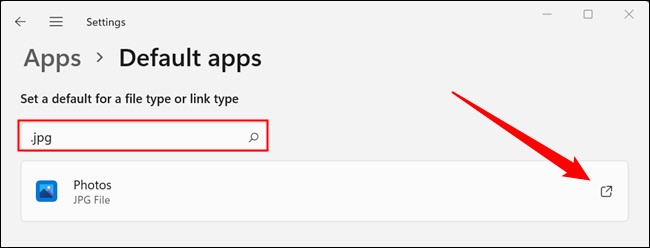
The “ Open With ” window will appear. Scroll down, click “ More Apps ”, then keep scrolling until you reach Windows Photo Viewer. Click it once to select it, then press “ OK ”.
You will need to do this for every image format you want to associate with Windows Photo Viewer.
Remember, just because Windows Photo Viewer is included in Windows 11 doesn't mean it's fully supported. It's legacy software and could very well be discontinued by Microsoft in the future.
